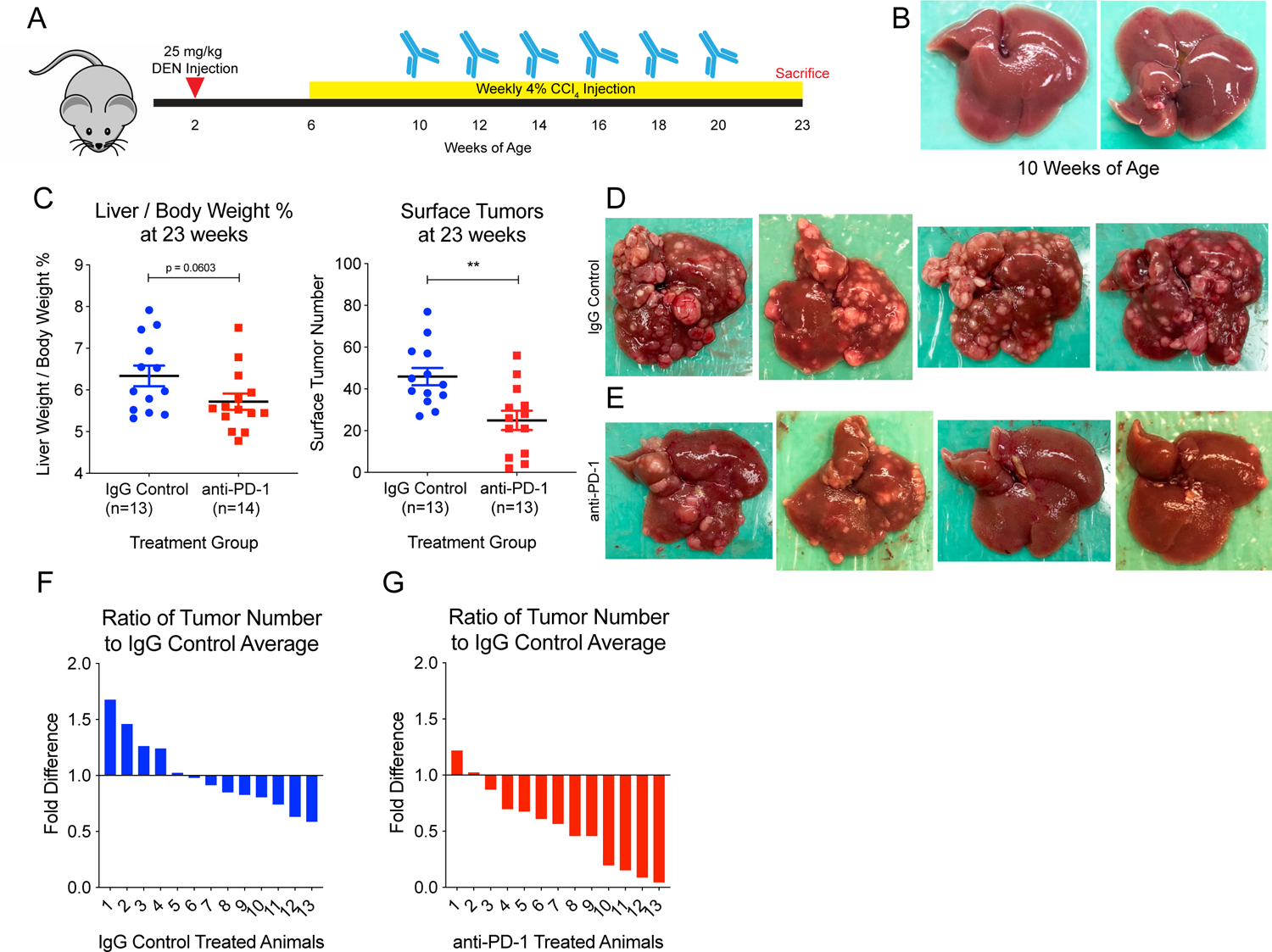Figure 2: PD-1 blockade prior to tumorigenesis prevents mutagen-induced HCC development.

(A) Experimental design. In brief, male WT C3h/HeJ mice were injected IP with 25 mg/kg DEN at 2 weeks of age. Starting at 6 weeks of age, they were injected IP with 4% CCl4 weekly. From 10 to 20 weeks, mice were injected with either IgG Control or anti-PD-1 antibody every other week for a total of 6 doses. Animals were sacrificed at 23 weeks of age. (B) Liver from a mouse sacrificed at 10 weeks of age showing no tumor burden prior to initiation of treatment. (C) Liver over body weight percentage and quantification of surface tumor number at 23 weeks of age after 6 treatments show that anti-PD-1 treated animals exhibit significantly reduced tumor burden. IgG control-treated animals had an average of 45.92 surface tumors, and anti-PD-1-treated animals had an average of 24.92 tumors, a 46% reduction. Representative images of (D) IgG control-treated livers and (E) anti-PD-1-treated livers show that while all IgG control-treated livers carry significant tumor burden, anti-PD-1-treated livers show reduced tumor burden overall, and some livers have minimal tumor burden. Waterfall plots of the ratio of tumors in individual animals to control average (45.92) for (F) IgG control animals and (G) anti-PD-1 animals show that most animals (11/13) in the anti-PD-1 group had fewer tumors than the IgG control average. Two tailed student’s t tests were performed for the data shown in 2C. All data are presented as mean ± SEM. *p < 0.05, **p < 0.01.
